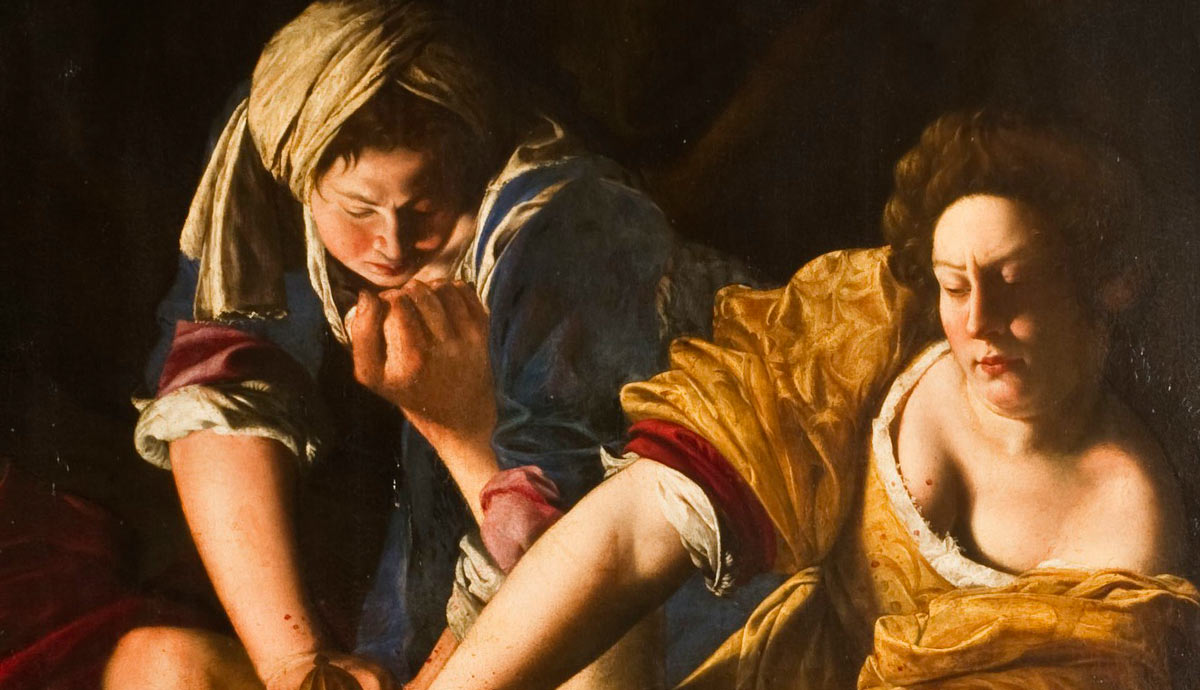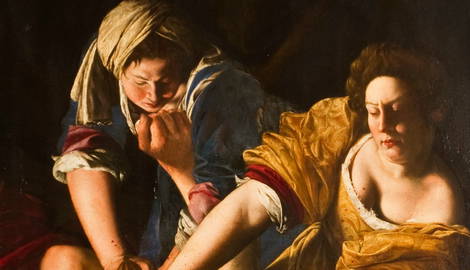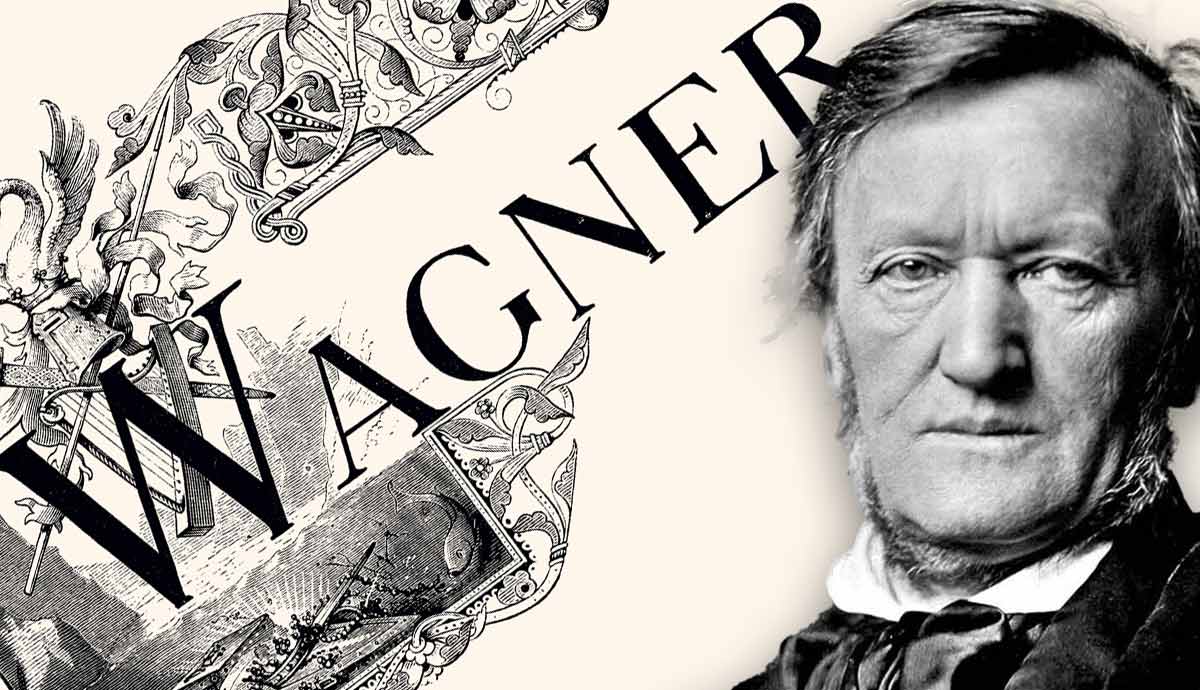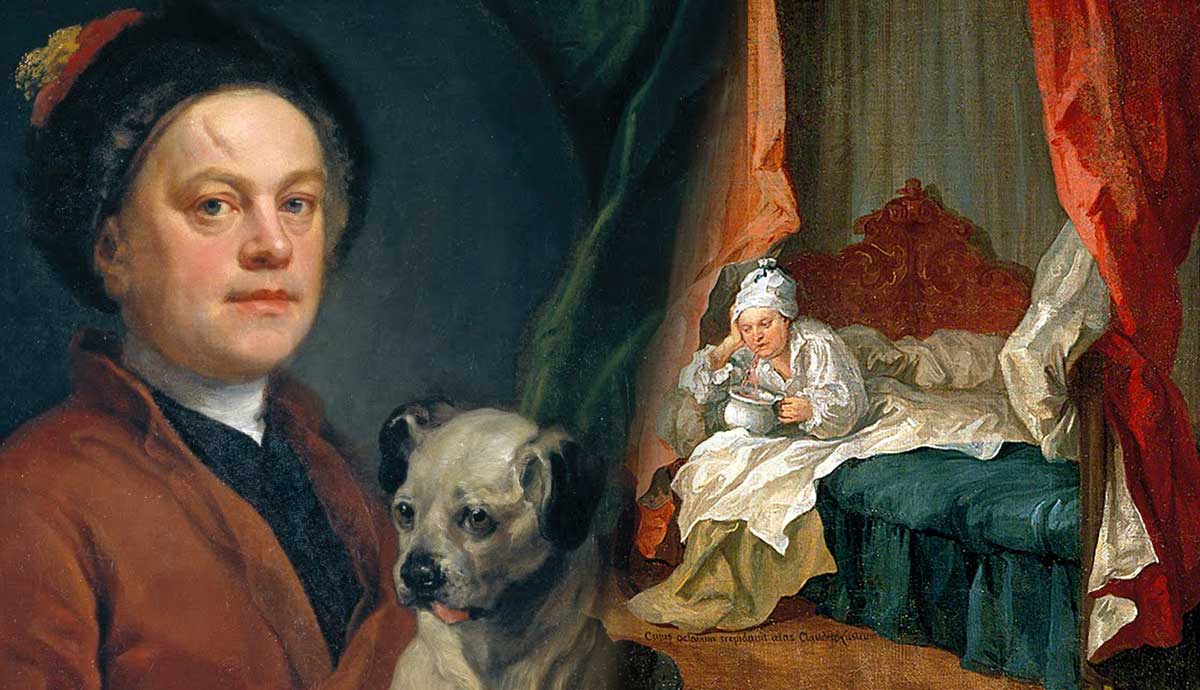
The religious motif Judith Slaying Holofernes depicts the story of a woman freeing her people through an act of violence and bravery. Two famous artists, Artemisia Gentileschi and Michelangelo Caravaggio, each created their own unique image portraying the story. But the question arises: how did two totally different paintings result from the same story?
What Is the Story of Judith & Holofernes?

The story of Judith and Holofernes has experienced many retellings and translations. The oldest translation of the story of Judith is Greek, as the original Hebrew text has yet to be recovered.
In short, the story centers on a Jewish woman’s attempt to save her country and people from Nebuchadnezzar II’s rule. In the early 16th century BCE, the Assyrian king Nebuchadnezzar sent his general, Holofernes, to take control of Judea. This included laying siege to the city of Bethulia, Judith’s hometown.

When General Holofernes and his army besieged Bethulia and cut off the city’s water supply, the city’s ruler, Uzziah, asked his people to remain hopeful, even as the reservoirs and water stores ran dry. However, as the siege continued, the people began to tire and grew weary, wanting to surrender.
Judith saw her fellow citizens’ trouble and rebuked Uzziah’s intent to surrender. In front of the city leaders, Judith declared that God would act through her, and she devised a plan to save Bethulia. Judith adorned beautiful clothes and packed rich, delectable food to offer as a gift to the general.

Accompanied by her maidservant Abra, the two left Betulia and traveled to the Assyrian army. Once they arrived, Judith put her plan into action. She claimed to be fleeing Bethulia as the city was about to be handed over to General Holofernes and his men. The men were so struck by her beauty and the lies she told that they assigned 100 men to escort her to Holofernes’ tent.
Upon seeing her, Holofernes was also entranced by Judith’s beauty and eloquent speech. For four days, Judith and Ava remained in the camp, claiming that every night, they would pray to God and ask when it would be safe to attack Bethulia.
On the fourth day, Holofernes invited Judith to an elaborate banquet, where Holofernes drank so much that he passed out on his bed. Following his drift into a peaceful slumber, Judith took Holofernes’ sword and decapitated him, stuffed his severed head into a sack, and took the prize back to Bethulia.
Who Was Caravaggio?

Michelangelo Caravaggio, more commonly known simply as Caravaggio, was born in 1571 in Milan, Italy, 22 years before Artemisia Gentileschi. The unsettling realism and dark color palette of his work have made him a household name in the Baroque era. In particular, he is credited with leading the Tenebrism art movement. Tenebrism is a technique that highlights highly detailed features with a bright light, contrasting with dark backgrounds and undertones.

Along with dramatic shadows and lighting, Caravaggio’s paintings were thought-provoking and risqué. He painted from live models in an unromantic, unidealized fashion. Rumors often spread throughout Rome about the origin of his models. One of the most outstanding rumors was that one of Caravaggio’s models for his painting, The Death of the Virgin, was the body of a drowned prostitute.

Caravaggio’s life was tumultuous. While a great painter, he was also driven by his temper and taste for alcohol. He was a frequent instigator of brawls and easily angered.
It is possible that his aggressive tendencies led to the end of his friendship with Artemisia’s father, Orazio Gentileschi. Caravaggio’s inability to control his temper would drive him to end more than just friendships. During the peak of his success in Rome, Caravaggio was prosecuted and exiled for murdering a man.
Caravaggio fled shortly thereafter. However, the artist sought pardon for his crimes and hoped to return to Rome as a free man. Unfortunately, by the time his pardon was granted, Caravaggio was in poor health and died before he could return.
Who Was Artemisia Gentileschi?

Artemisia Gentileschi is one of the world’s most famous women painters. During her time, she brought the female perspective into an art world dominated by male artists, offering a true tale of what it is to be a woman both of and ahead of her time through her artworks.
Artemisia was born in 1593 to the celebrated artist Orazio Gentileschi. Her mother and siblings all passed away when she was young. When Artemisia began to show an interest in art, Orazio began tutoring her. Artemisia studied under her father and also took on Caravaggio’s Tenebrism techniques. She maintained this painting style throughout her life, even after surpassing her father’s artistic abilities.

In 1612, Artemisia was left in the care of Agostino Tassi, a friend and colleague of Orazio, who raped then-17-year-old Artemisia. When Tassi refused to marry Artemisia, Orazio had Tassi prosecuted.
While Tassi was reportedly exiled from Rome for five years, his sentence was not enforced. Shortly afterward, Artemisia married a Florentine painter to escape the scandal and the impious reputation that befell her after the attack. She continued to paint.
From a frightful and painful experience, she grew and became well-known for her theatrical work. In particular, Artemisia Gentileschi’s paintings carry themes of women’s vengeance, strength, and endurance.
Caravaggio’s Judith Beheading Holofernes

Looking at Caravaggio and Artemisia’s renditions of Judith’s story side by side, it is clear that while the subject is the same, the hearts of the painters were very different. While the personal narratives of each artist offer some insight into their respective paintings, the artists’ gender may also have influenced how Judith, the maidservant Ada, and Holofernes are depicted.
Caravaggio’s depiction of the story reflects his perspective. Judith grips Holofernes’ hair; her face shows more concern than anger. Her arms are stretched out in front of her as if there is a level of disgust about getting blood on her dress. An older woman, wrinkled and worn by years of servitude, waits nearby with a burlap sack.
Holofernes holds more life in his face than either of the two women. He screams out with his mouth wide open. His forehead wrinkles, and there is still some life in his eyes as he weakly struggles against the attack. He is surprised, almost betrayed by what is happening to him.
Holofernes is a man whose pride and lust lead to his downfall. He was lured by raw instincts toward Judith. Caravaggio himself was a man plagued by his own emotions, lust, pride, and anger. The way that Holofernes is depicted in this painting shows a man, at the end of his life, struggling against his own decisions.

Caravaggio’s depiction of this story is more focused on Holofernes. With the use of light and shadow, Caravaggio draws the viewer to the dramatic emotions in Holofernes’ face. While Judith is beautifully depicted, her character is less active and less engaging.
The artist may have felt greater sympathy for Holofernes or may have simply related to him more easily. Besides their obvious commonalities, such as gender, Caravaggio also understood Holofernes as a man who suffered greatly due to his uncontrollable emotions. While Caravaggio painted Judith Slaying Holofernes almost six years before being convicted of murder, his paintings could be a sign that Caravaggio feared his own emotions might get the better of him one day.
Judith Slaying Holofernes by Artemisia Gentileschi

In Judith Slaying Holofernes by Artemisia Gentileschi, two women strain to hold down a man, pushing down with their full body weight. Their faces are concentrated, holding a deep understanding of what has to be done. Judith grips Holofenres’s head against the bed as she beheads him. Her maidservant, Ada, depicted here as young and vibrant, holds the man down despite his fists clasping at the neck of her dress. It is clear that Holofernes’ fight is over; while there are signs of struggle, his eyes are lifeless, and his mouth is slack.

Artemisia approaches the story of Judith and Holofernes through the lens of a woman who has been wronged. She relates to Judith, a woman enraged and scorned by her experiences. Unlike Caravaggio, she knows what it takes for two women to hold down a resisting grown man; they need strength and bravery.
We also see Ada depicted as a young woman, the opposite of the elderly handmaid depicted in Caravaggio’s work. These two women, depicted as young and working together to hold down the general, create a sense of almost grotesque camaraderie—the feeling of women needing to work together to fight against male power.

Artemisia Gentileschi also exhibits in her artworks the violence women are capable of. The viewer can imagine the artist’s feelings in those horrific moments as they look at the concentrated faces of Judith and Ada as they seek revenge. The light draws attention to the act as a whole. The three figures’ faces make a triangle, and in the middle, the gruesome act makes the story of Judith and Holofernes memorable. Artemisia does not spare her viewers, but instead offers them the violence and rage that were present in her life, beyond her control.









